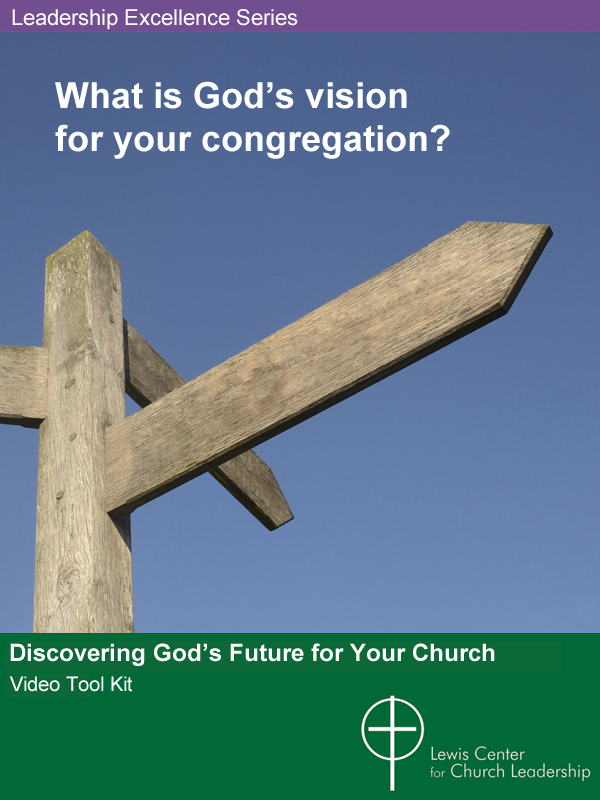How do young people learn and practice generosity? Meredith McNabb of the Lake Institute on Faith & Giving believes generosity can be taught to young people through example, practice, and reflection. Faith leaders can model giving, offer opportunities to practice generosity, and engage in meaningful conversations about its value. By celebrating stories of generosity and creating practical experiences, churches can help foster lifelong giving habits in children and teens.
When I was serving as clergy in a large congregation, we had an all-community kids’ scavenger hunt. We told everyone from the outset that everyone could search for as many of the treats as they wanted—but if you found more than five, then you’d get to share the bounty. After the madness of literally hundreds of kids running around to find their prizes, I was a little dazed, but I was chatting with some of the children about what they’d found and how it had all gone. When I asked one little boy from the neighborhood how it went, he beamed up at me and practically puffed out his chest as he proudly declared, “I found so many prizes that I got to be one of the people who SHARED!”
It’s a perennial question for the people that Lake Institute encounters who are on-the-ground religious leaders in congregations and at camps and schools: How do young people learn and practice and internalize generosity into their characters? How do we help foster that deep-rooted growth toward “the inclination and the actual practice of giving liberally,” as Christian Smith and Hillary Davidson’s landmark Science of Generosity project puts it? No one I’ve met has articulated this in a transactional way—no one has been trying to raise operating and capital funds from kids! —but instead they’ve been focused on how they can translate the values of their religious tradition into meaningful, lifelong commitments for the children, tweens, and teens in their care.
Happily, generosity is not simply an immutable characteristic: it can be taught. When generosity-practicing adults reflect on how they learned to be givers, family influences are consistently cited as the key source, with other adults like faith leaders also in the mix. The challenge, then, is that the adults in a young person’s life have to themselves demonstrate the generosity they believe in! “Do as I say, not as I do” is not especially effective for teaching anything, and an orientation toward giving is no exception.
Many adults reflect that they didn’t always understand the generosity that was modeled for them as young children, but they could recognize it, and they grew in their understanding and participation along the way. In congregational, camp, and school settings, we have the opportunity to help young people recognize generosity, practice giving, and reflect on what it means to be generous within one’s particular religious values.
Recognizing generosity
For a young person of any age—and for adults, too! —it’s meaningful for stories and examples of generosity to be celebrated. One project through the Lilly Family School of Philanthropy’s Generosity for Life initiative invited second graders to create storybooks about times they’d experienced generosity, imagining themselves as animal characters for the sake of the plot. (If you need a bit of good news in your day, go check out some examples of the finished books online.) Even just the act of remembering a time that someone in their lives had been generous with them builds core memories around the practice of generosity for their future selves.
What stories do you share about different examples of generosity in your own setting? Whose real-life giving stories from your congregation or organization, or in your faith tradition, are the young people in your community familiar with? Lifting these up alongside your regular programming helps to knit generosity into the values that people of all ages are absorbing and integrating into their lives.
Practicing giving
Opportunities to practice generosity are critical to young people putting action to the religious values being taught. Often, in religious organizations, students are engaged in fundraising for their own programming—think of the ski trip/service trip/youth room renovation and other fundraising efforts. Those are opportunities for others to practice generosity, and the students can be great advocates. But what opportunities are there for young people to practice their own generosity? Could they raise funds to give to people and causes beyond themselves? Could they consider what it is that they have—which is often not money, especially for younger children—that they can be generous with? One youth leader I know recast a “no phones at youth group” policy as a chance for students to be generous with their attention—to give up their phones temporarily so that they could give their attention to the human beings they were with and to God. As the Science of Generosity definition puts it, “what generosity gives can vary: money, possessions, time, attention, aid, encouragement, and more but it always intends to enhance the true wellbeing of the receiver.” In age-appropriate contexts, what do your young people have that they might be able to share to bless others?
Reflect on what it means to be generous.
For generosity to take root in young people’s lives, reflection and discussion about the meaning of the practice matter, especially as children move into later developmental stages.
Reflection on questions of meaning is what religious organizations are particularly equipped to do well! How can you bring to the surface questions of generosity out of your sacred texts and religious traditions? At key life-cycle moments like bar and bat mitzvahs or confirmations or graduations, how do your young people integrate those teachings into their own lives? What everyday conversations about budgets or community economics could invite young people to consider how their religious values, particularly generosity, play into those practical decisions?
Generosity is a value that’s woven into every religious tradition, and it’s a key practice both for religious formation and for the resilience of wider communities. What a blessing it would be for more and more of us of all ages to be thrilled that we get to be some of the people who share!
This article is adapted from “Helping Children Practice Generosity” which appeared in the February 25, 2025 issue of Insights, the e-newsletter of the Lake Institute on Faith & Giving, and is shared here with permission.
Related Resources
- 5 Key Principles for Fostering Generosity in Children by Ann Michel
- 10 Ways to Help Children Grow in Faith and Generosity by Ken Sloane
- Teaching Children to Tithe by Dan Pizet
- 50 Ways to Strengthen Ministry with Children, a free resource from the Lewis Center
If you would like to share this article in your newsletter or other publication, please review our reprint guidelines.







